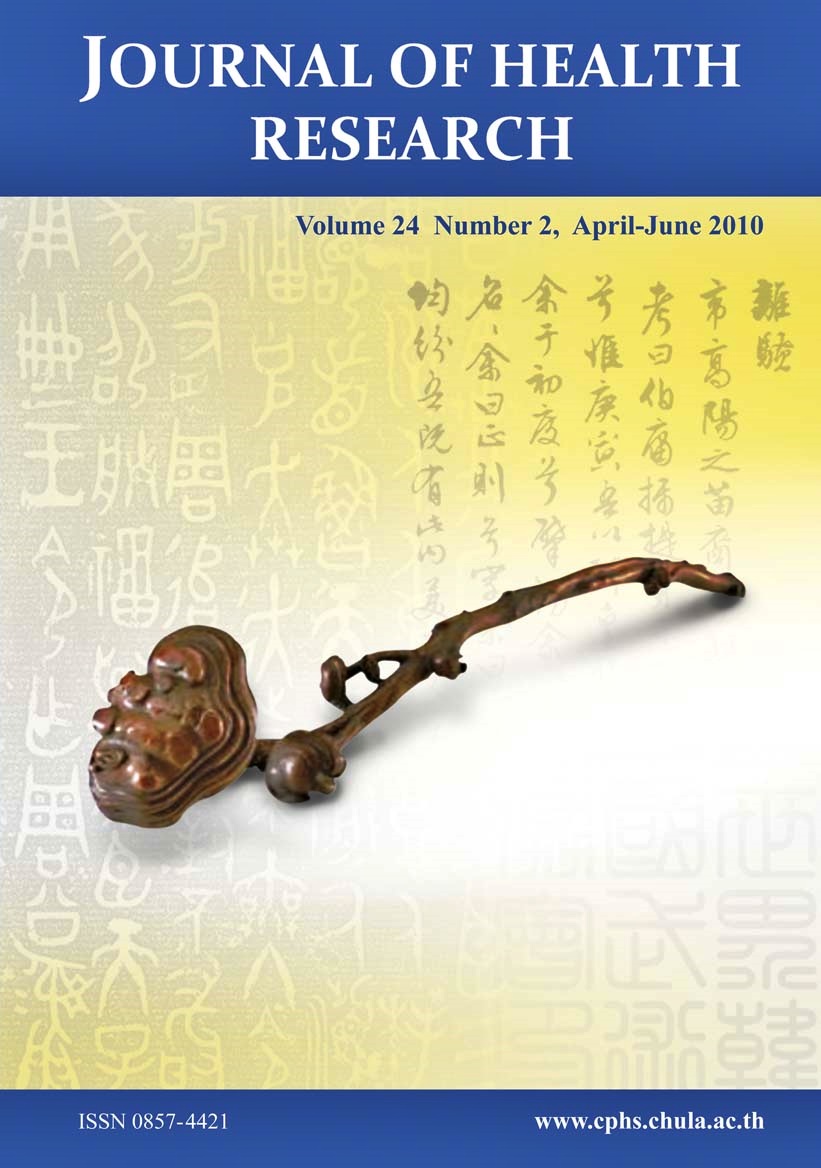Chemical Composition and Antimicrobial Activity of the Essential Oil from Heracleum Siamicum
Keywords:
Heracleum siamicum, antimicrobial activity, chemical composition, hydrodistillation, volatile oil analysis, GC-MSAbstract
Heracleum siamicum Craib (Apiaceae) is an important herbal spices having a wide applications in flavoring processed foods. The flat-oval shaped fruit of H. siamicum Craib from North Thailand was hydrodistilled and chemical composition of the essential oil was analyzed by GC and GC-MS. The essential oil yield based on dried plant material was 1.25% and twenty-five compounds (corresponding to 97.69% of the total weight) were identified. The main components were: n-octyl acetate (65.30%), o-cymene (10.35%), limonene (7.52%), δ-2-carene (6.87%), cis-thujone (1.92%), isobornyl acetate (0.94%), n-octanol (0.73%), 1,8-cineol (0.62%), n-tridecanol (0.44%), and safrole (0.37%). H. siamicum essential oil demonstrated bactericidal and fungicidal activity against five bacterial strains and two fungal strains, using agar diffusion and minimum inhibitory concentration methods.







